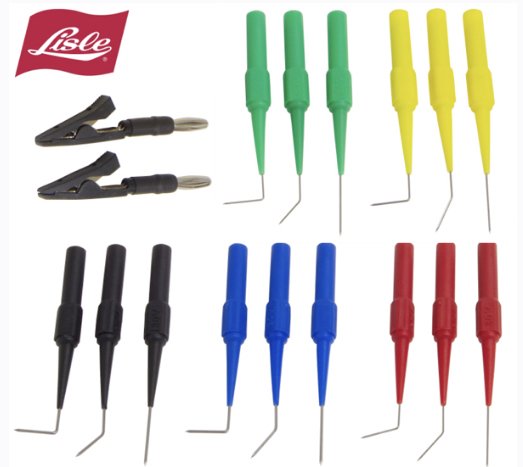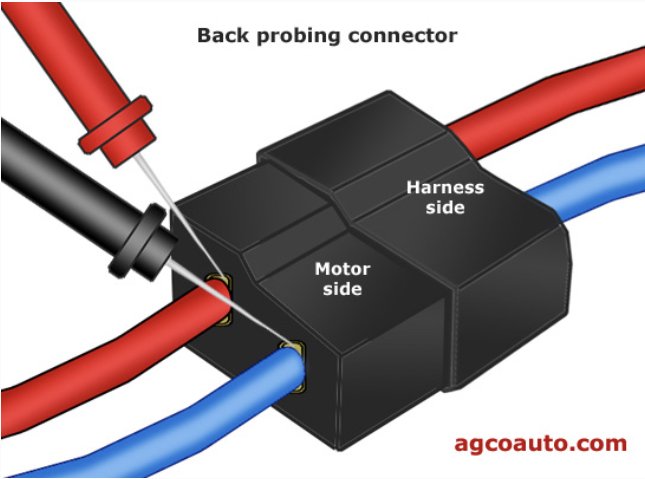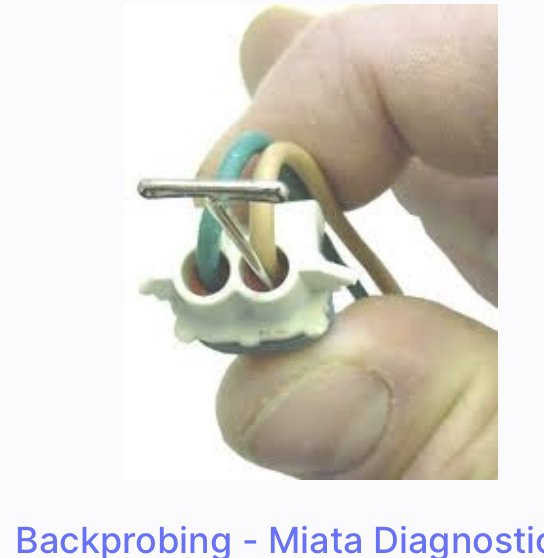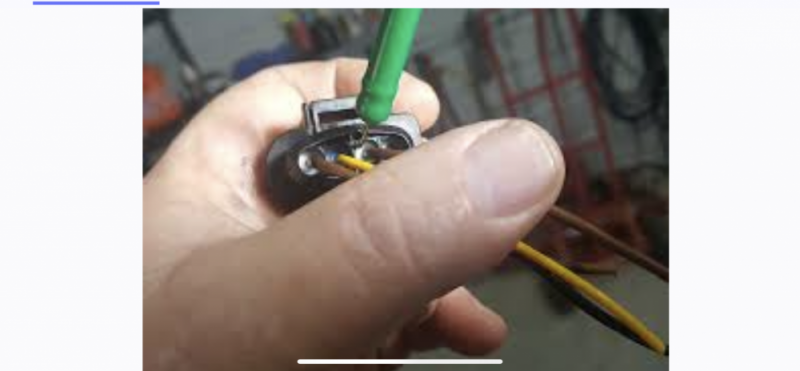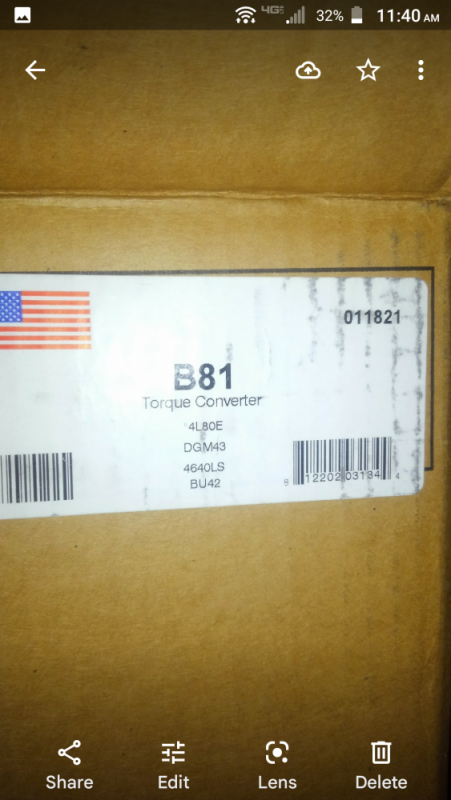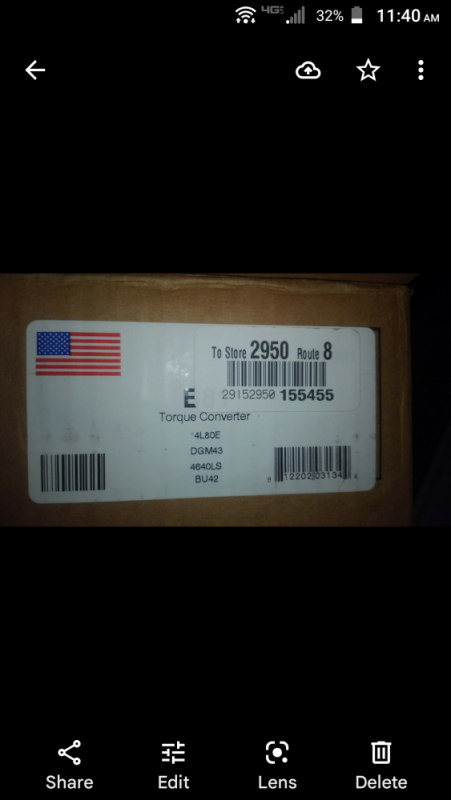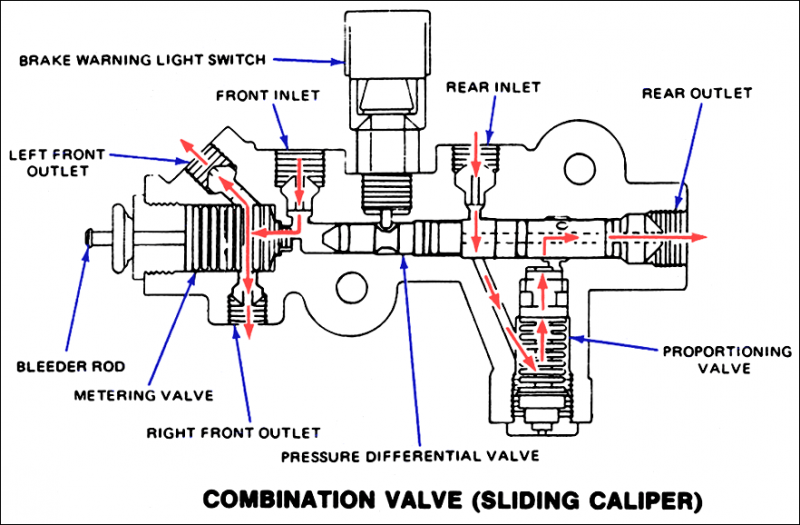dbrannon79
I'm getting there!
The proportioning valve is bolted to the ABS unit but the ABS not connected won't effect it. All it does is when a major leak happens like a line or hose blown out, it limits fluid to that area and allows pressure to the brakes that are still functioning or holding pressure.
Even though the rears are not functioning, the parking brake can be causing issues or return springs letting the shoes to go against the drum creating a drag. You can feel it by rotating the tires by hand
Backprobing the connector can be done with a multimeter on the ohm setting or "beep" setting. One lead on the connector pin and the other lead using a wire piercing adaptor so you can connect to each wire to each pin. BUT... that method isn't recommended in corrosive environments since you are basically putting a pin hole through wire insulation in an area where the wire can corrode and cause issues later down the road. Ill let Will give you a better method explanation like finding the corresponding pins up at the ECM to ohm test them.
Even though the rears are not functioning, the parking brake can be causing issues or return springs letting the shoes to go against the drum creating a drag. You can feel it by rotating the tires by hand
Backprobing the connector can be done with a multimeter on the ohm setting or "beep" setting. One lead on the connector pin and the other lead using a wire piercing adaptor so you can connect to each wire to each pin. BUT... that method isn't recommended in corrosive environments since you are basically putting a pin hole through wire insulation in an area where the wire can corrode and cause issues later down the road. Ill let Will give you a better method explanation like finding the corresponding pins up at the ECM to ohm test them.

